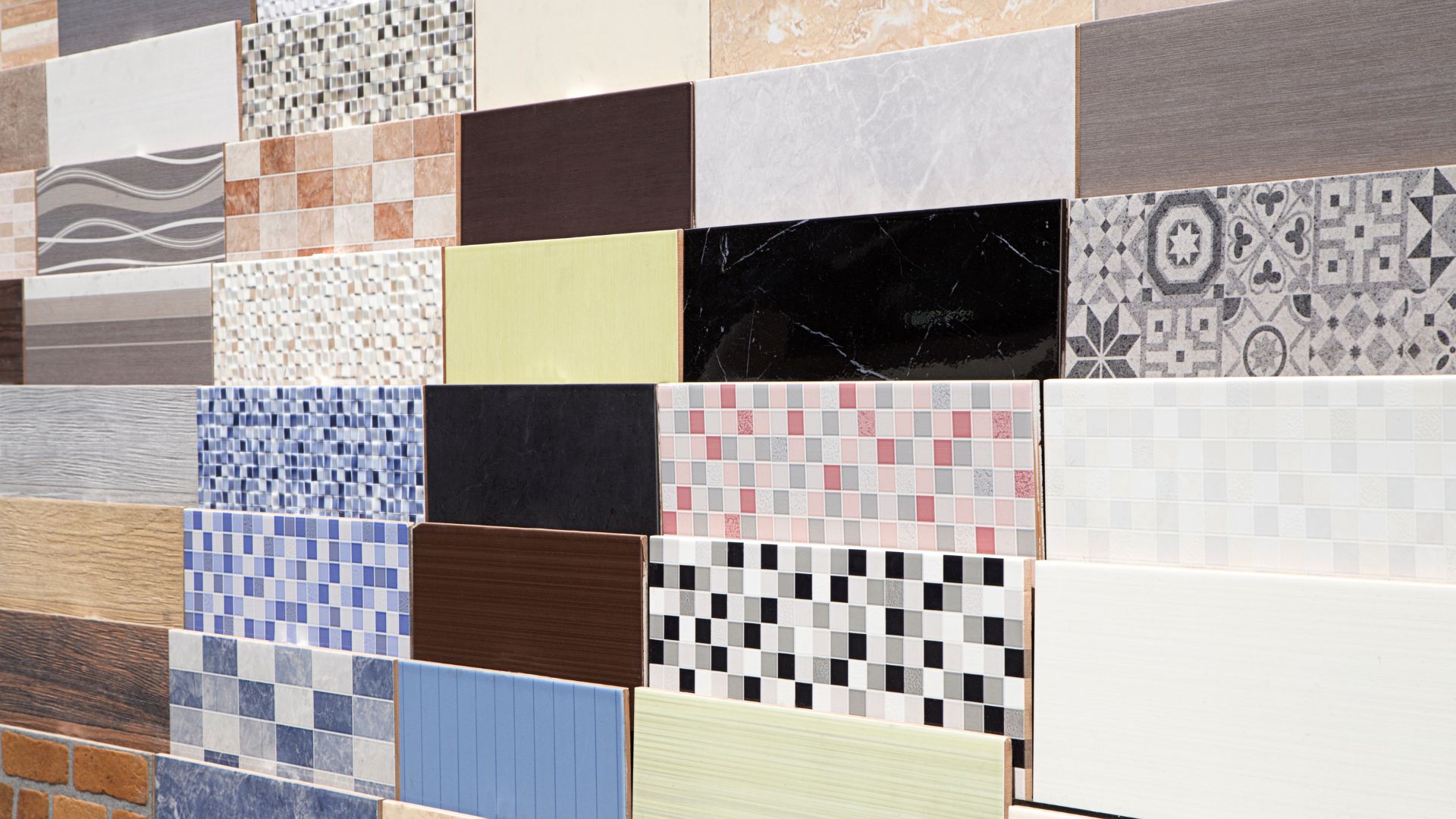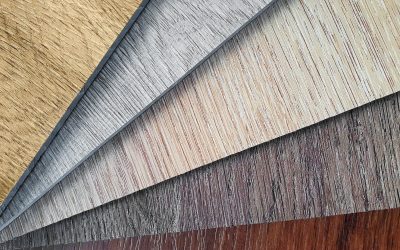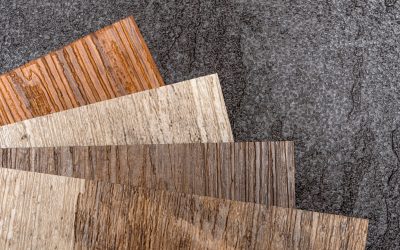Flooring is one of the most important aspects of a home or commercial building, significantly impacting its overall look and feel. This guide aims to provide an in-depth understanding of flooring costs, considering different types of materials, installation expenses, and various influencing factors.
An Overview of Flooring Types and Their Costs
From the warm elegance of hardwood to the practical durability of vinyl, flooring materials come in various types, each with its own cost implications.
Hardwood Flooring Costs
Known for its timeless beauty, hardwood is often a premium choice. However, the cost of hardwood flooring can vary widely depending on the type of wood chosen.
Laminate Flooring Costs
Laminate offers a cost-effective alternative to hardwood, mimicking its look at a fraction of the price.
Tile Flooring Costs
Tile is another versatile choice, available in materials like ceramic, porcelain, and natural stone. The costs differ based on the material and complexity of the design.
Vinyl and Linoleum Flooring Costs
These synthetic options are known for their affordability and durability, making them popular in high-traffic areas.
Carpet Flooring Costs
Costs for carpet flooring can depend on the pile type, material, and the carpet’s quality.
Detailed Breakdown of Flooring Costs
Flooring costs are more than just the price of materials. It’s a combination of material costs, labor charges, delivery fees, and additional expenses like underlayment, molding, or removal of old flooring. Understanding this breakdown can help you budget for your flooring project more accurately.
Factors Affecting Flooring Costs
Various factors influence flooring costs. This includes the location (regional variations in labor and material costs), the size and complexity of the installation area, and the specific product chosen. Economic trends can also impact the price of certain materials.
Installation Expenses: DIY vs Professional
While taking the DIY route might seem appealing from a cost perspective, it’s essential to consider the skill level, time, and tools needed. Hiring professional floor installers may increase the upfront cost but can ensure a high-quality, durable finish.
Maintenance and Repair Costs
Different flooring types come with varying maintenance and repair requirements. For instance, hardwood floors might need refinishing over time, while the tile may require grout cleaning and sealing.
The Life Expectancy of Different Flooring Types
Flooring life expectancy can dramatically impact its long-term costs. While materials like hardwood and tile may have higher initial costs, their long life expectancy can make them more cost-effective in the long run.
The Long-Term Costs: An Analysis
When calculating flooring costs, it’s essential to consider the total cost over the floor’s lifespan. This includes the initial installation costs, maintenance and repair expenses, and potential replacement costs.
Sustainable Flooring Options: Cost Implications
For those conscious of their environmental impact, sustainable flooring options like bamboo or cork are available. These materials can be more expensive initially but could provide long-term savings due to their durability and lower maintenance needs.
Economic Trends and Their Impact on Flooring Costs
Market trends and economic factors can influence the cost of flooring. During periods of economic growth, demand for premium products like hardwood may increase, driving up prices. Conversely, during economic downturns, more affordable options like laminate or vinyl might see a surge in popularity.
Effective Ways to Save on Flooring Costs
There are several strategies to reduce flooring costs, including shopping around for the best material prices, opting for a more affordable flooring type, and even doing the installation yourself if you have the necessary skills. Regular maintenance can also extend your floor’s lifespan, reducing long-term costs.
Conclusion
The world of flooring costs can be complex, with many factors to consider. From the type of material to the installation method, from maintenance requirements to the floor’s lifespan, every element plays a part in the overall cost. This guide aims to provide a comprehensive overview of these elements, helping you make an informed decision for your next flooring project.
With a good understanding of the various costs associated with different types of flooring, you can plan your next renovation project with a clear budget in mind. Remember, the cheapest option isn’t always the most cost-effective in the long run, and sometimes investing a bit more initially can save money over time. Always consider both the upfront and long-term costs to make the best decision for your needs and budget.
Related Articles:





